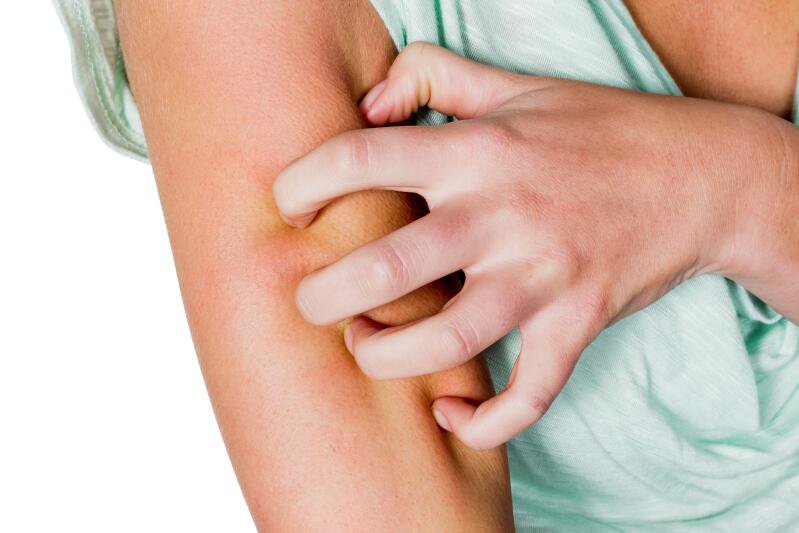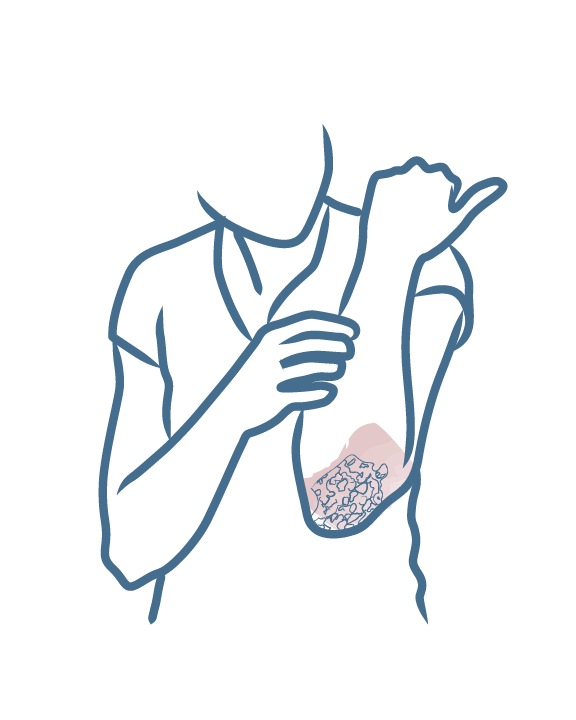-
Your concerns
Our articles to help you gain a better understanding
-
Our solutions
-
Ducray Dermatological laboratories
Our articles to help you gain a better understanding

The clinical signs of psoriasis, (redness, itching, scaly skin, skin discomfort, the alternation between flare-up and remission periods, etc.) are not specific to psoriasis and are commonly seen in other skin diseases. In particular, psoriasis is often confused with dermatitis or seborrheic dermatitis.
Seborrheic dermatitis is a chronic inflammatory dermatosis mainly affecting adults (and infants in the form of "cradle cap") on the face, scalp, ears, and sometimes on the torso, genitals or in the skin folds (hence the potential confusion with inverse psoriasis). Yeasts of the Malassezia genus present on the skin’s surface undoubtedly play a major role in the physiopathology of seborrheic dermatitis, which is why antifungal creams and shampoos are often effective in the treatment of seborrheic dermatitis but have no effect on psoriasis.
The main difference is the lesions' appearance:
Psoriasis and seborrheic dermatitis often cause "red skin", especially on the face. Make-up can be a real lifesaver for dealing with this problem, making it easier to face other people. Your skin disease is the perfect excuse for wearing make-up! Applying a green corrector under foundation or powder can conceal redness effectively throughout the day.
Psoriasis-prone skin

Skin prone to stubborn dry plaques
NEWSLETTER
Dermatological expertise
To better understand your skin and hair, discover our exclusive content and innovative care products designed to improve your quality of life..